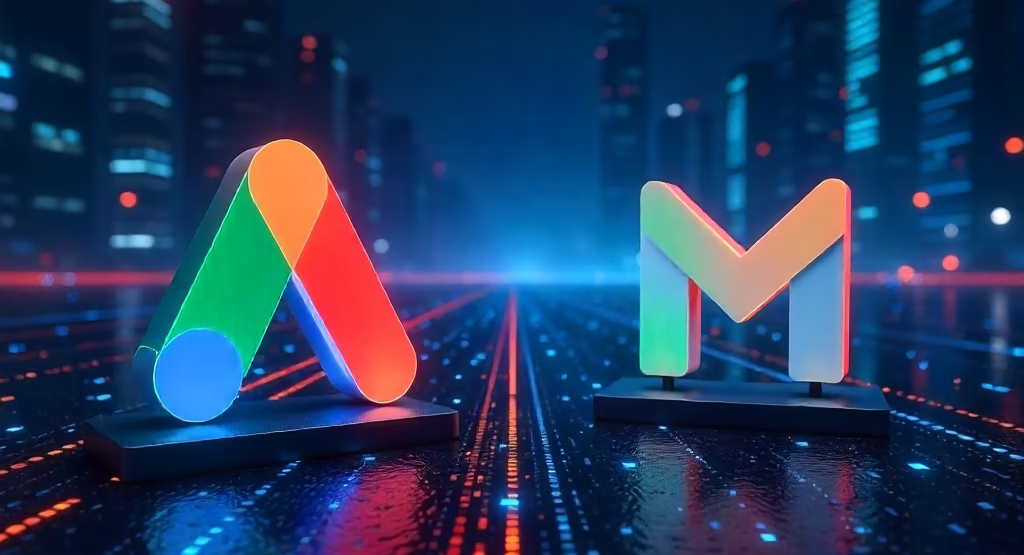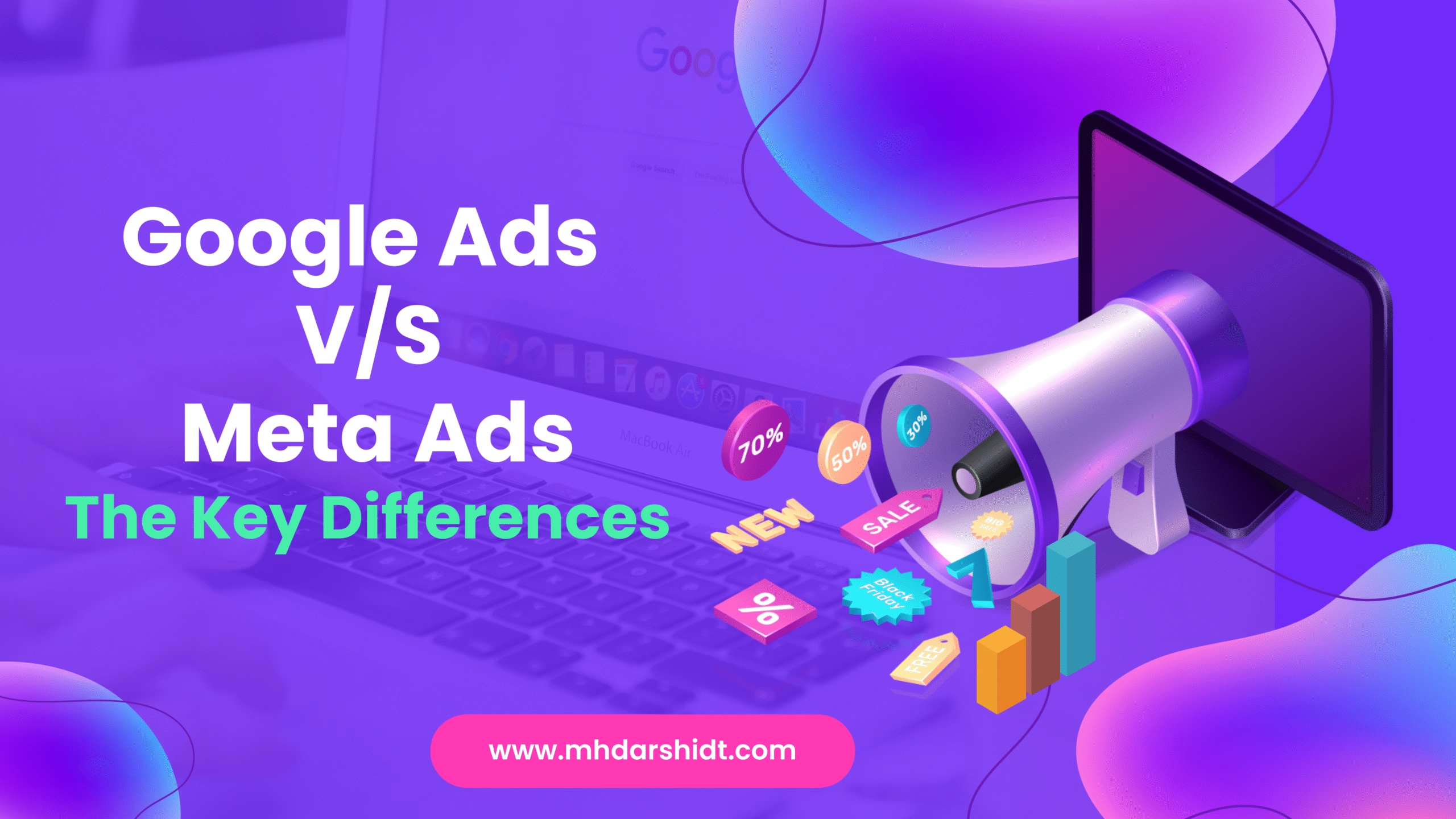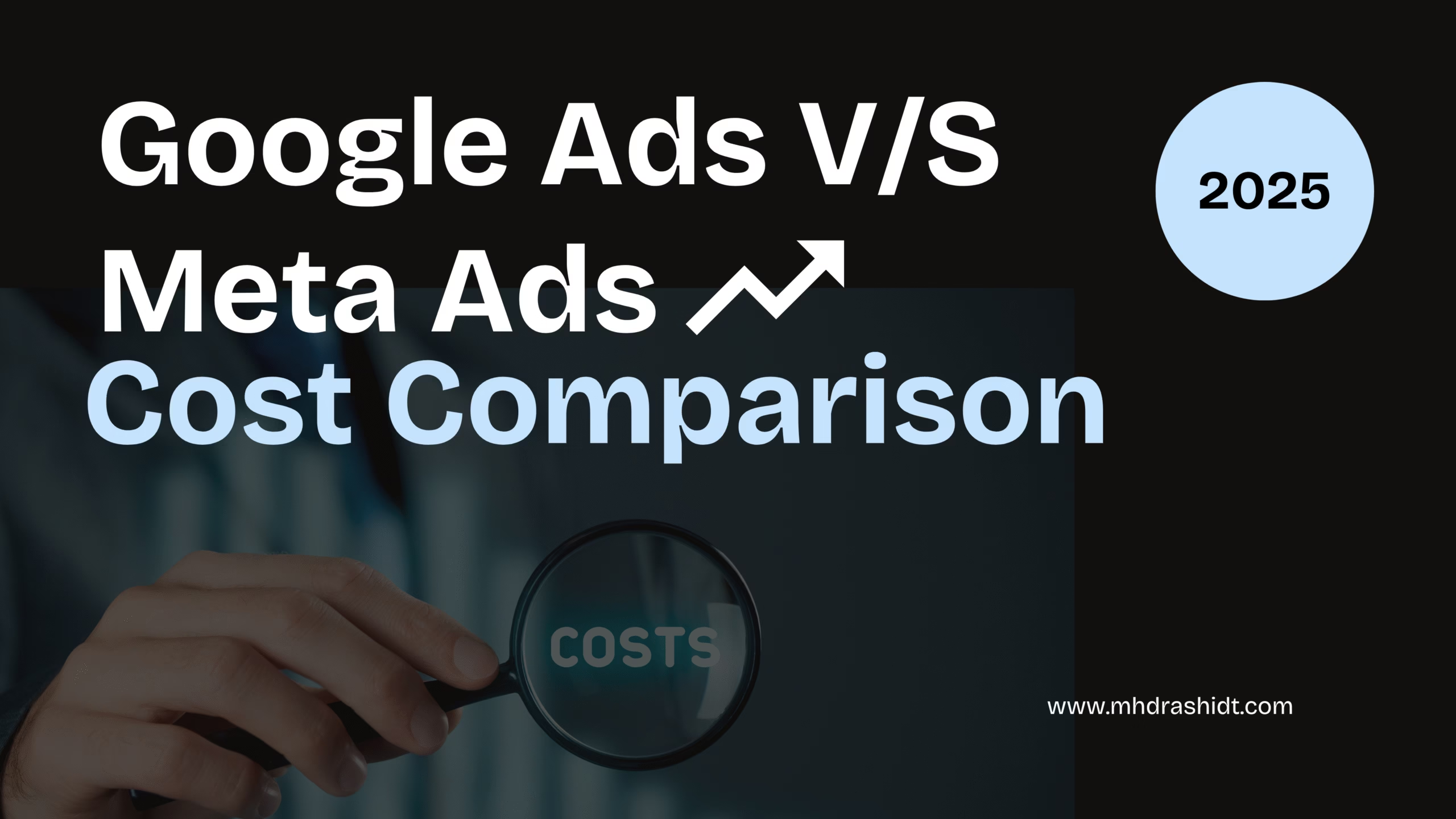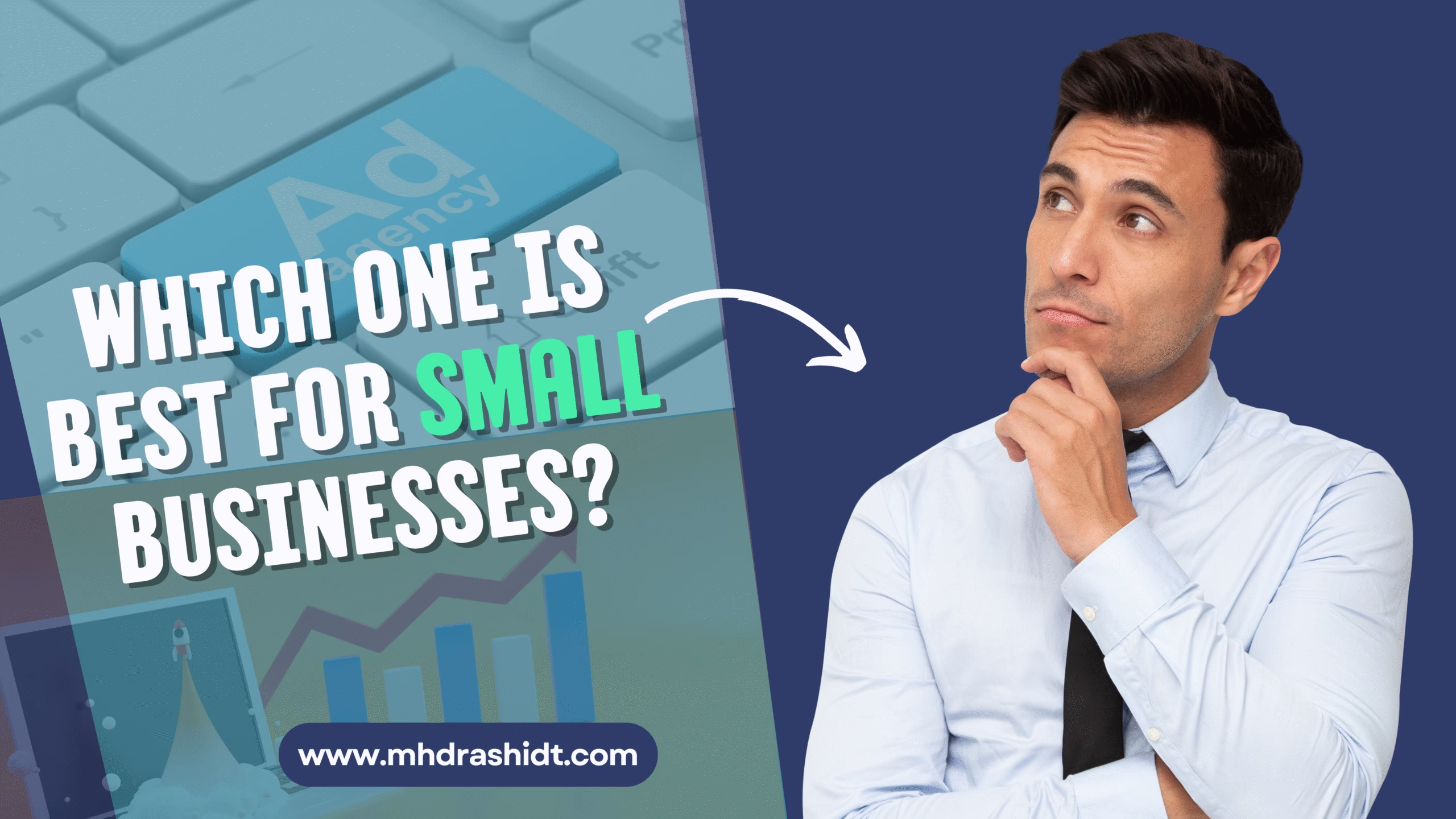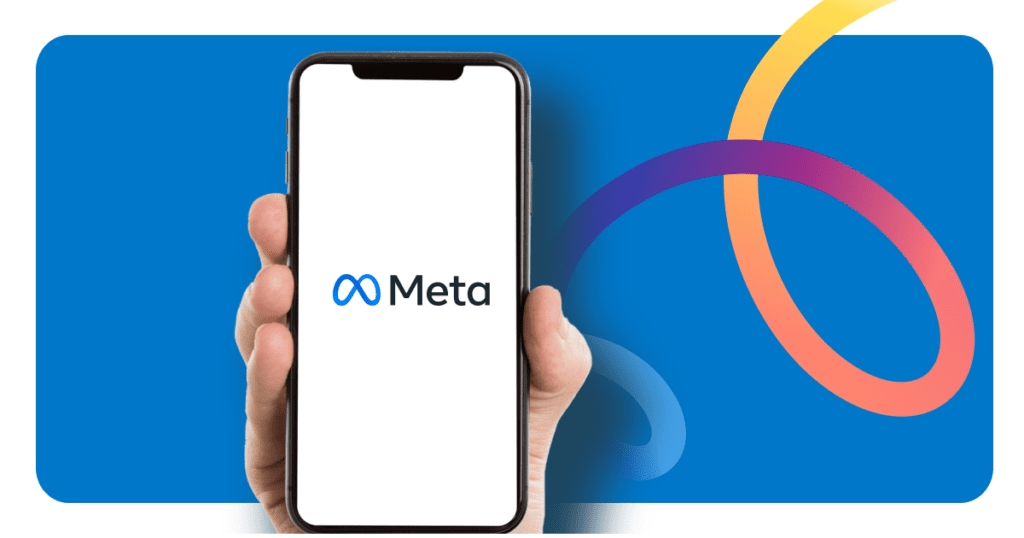Google Ads vs Meta Ads: Which Is Better for Your Business in 2025?
Understanding Google Ads VS Meta Ads
In the fast-paced digital landscape, online advertising has become essential for businesses looking to expand their reach. Whether you’re running a neighborhood store or managing a global enterprise, reaching the right audience online is a critical step toward growth. Two of the leading platforms dominating this space are Google Ads and Meta Ads (formerly Facebook Ads).
Google ads VS Meta ads , which platform is the best fit for your business?
This article will take a closer look at Google Ads VS Meta Ads, examine their key advantages and challenges, and guide you in choosing the best platform to invest your advertising budget wisely in 2025.
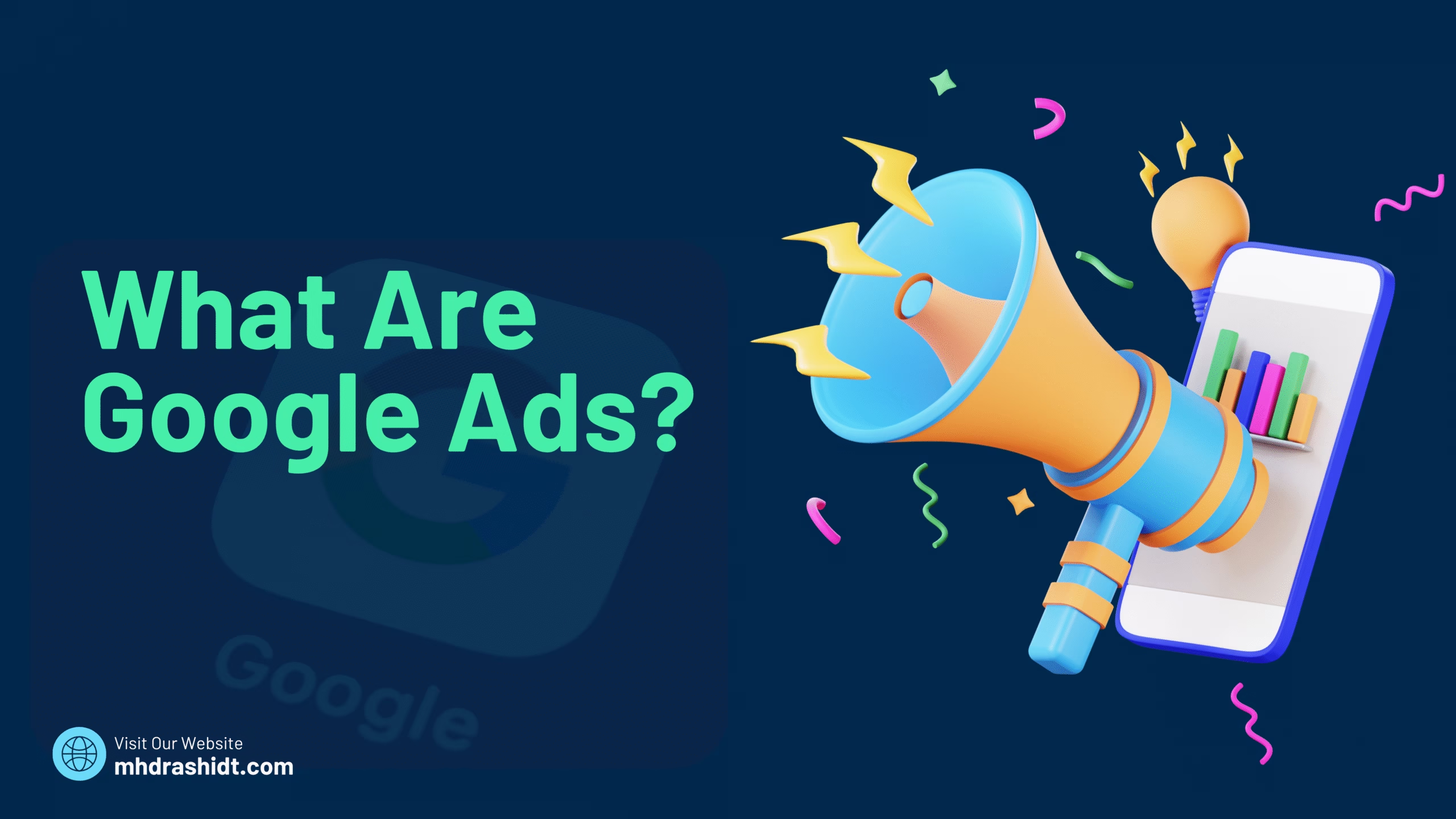
Understanding Google Ads: How Google Ads vs Meta Ads Stack Up
Google Ads is a powerful online advertising platform that allows businesses to promote their products or services across Google’s search engine, YouTube, and its extensive network of partner websites. By using Google Ads, you can place your brand in front of users who are actively looking for what you offer.
Key Features of Google Ads:
- Search Ads: Appear at the top of Google search results when users enter specific keywords you’re targeting.
- Display Ads: Eye-catching visual banners shown on millions of websites within Google’s Display Network.
- Shopping Ads: Perfect for eCommerce businesses to showcase products directly in Google search.
- Video Ads: Engaging video content displayed on YouTube to reach a massive audience.
With Google Ads, you reach people with high purchase intent who are already searching for solutions related to your business.
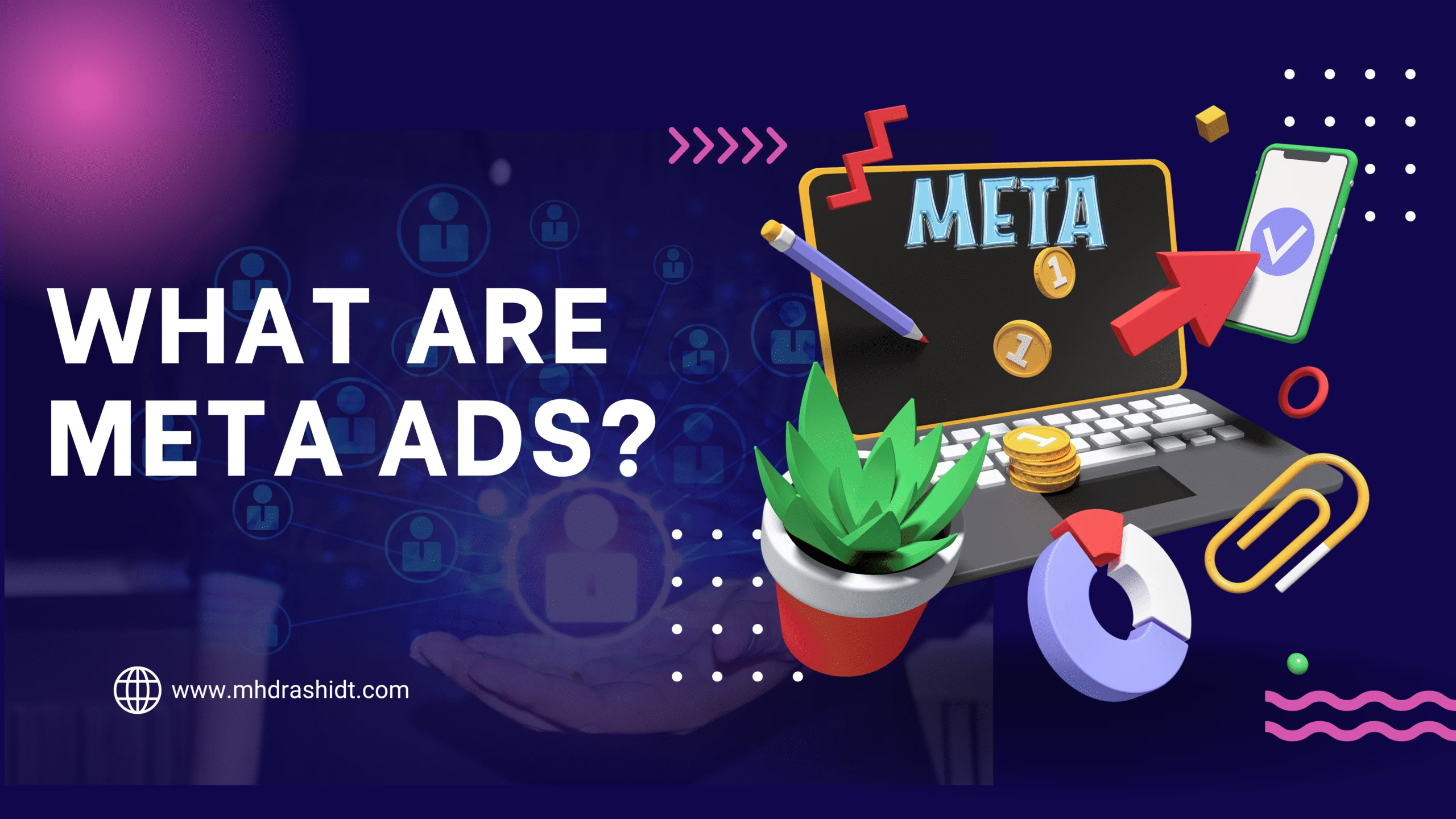
Meta Ads Overview: Breaking Down Google Ads vs Meta Ads for Small Businesses
Meta Ads is the advertising platform behind Facebook and Instagram, enabling businesses to create targeted campaigns across these social media platforms and their partner apps. It’s designed to help you reach users based on their interests, behaviors, and lifestyle choices—even if they aren’t actively searching for your product.
Key Features of Meta Ads:
- Photo & Video Ads: Appear seamlessly within users’ feeds and stories on Facebook and Instagram.
- Carousel Ads: Allow you to display multiple images or videos in a single ad to showcase a range of products.
- Lead Ads: Make it easy to capture user information, such as emails or phone numbers, directly within the platform.
- Audience Network: Extend your reach beyond Facebook and Instagram to external apps and websites.
With Meta Ads, you can build brand awareness and engage your audience through visually rich and highly targeted campaigns.
Google Ads vs Meta Ads: The Key Differences
| Feature | Google Ads | Meta Ads |
| Platform | Search Engine & Display Network | Social Media (Facebook, Instagram) |
| Targeting | Keywords & Intent-Based | Interests & Demographics |
| Ad Formats | Text, Display, Video, Shopping | Image, Video, Carousel, Stories |
| Cost Model | Pay Per Click (PPC) | Cost Per Click (CPC) / Cost Per Mille (CPM) |
| Best For | Active buyers searching for products | Brand awareness & engaging potential buyers |
When Should You Choose Google Ads?
Google Ads works best in situations like these:
You’re aiming to connect with users who are already searching for the products or services you offer.
- Your priority is to capture high-quality leads or drive immediate sales.
- You offer solutions that customers already know they need and are looking for.
- You have a bigger advertising budget, since the cost per click (CPC) can be higher in competitive industries.
Example: If you run a plumbing service, someone typing “emergency plumber near me” into Google is ready to book right away. Google Ads can place your business at the top of those search results, making it easier for customers to choose you over competitors.
When Should You Choose Meta Ads?
Meta Ads are a great fit for businesses in these situations;
- You aim to build brand awareness and introduce your offerings to new audiences.
- You want to target people based on their interests, lifestyle, and online habits.
- Your products are highly visual and perform well in image and video ads.
- Your target audience spends a lot of time on Facebook and Instagram.
Example: If you design and sell handcrafted jewelry, Meta Ads can help you reach users interested in fashion, style, and unique accessories. By showing your creations in their feeds, you can spark interest and drive traffic to your store.
Cost Comparison: Google Ads vs Meta Ads
- Google Ads: Tends to have higher CPC because you’re competing for search intent. However, it can deliver faster conversions.
- Meta Ads: Usually cheaper per click, but conversions may take longer because users are not actively searching.
But remember, Goole ads vs Meta ads ,costs are depends on your niche, competition, and targeting strategy.
Targeting Capabilities ; Google Ads Targeting
- Keywords: Target people searching for specific terms.
- Location & Language: Show ads to users in certain areas.
- Device Targeting: Focus on mobile, desktop, or tablets.
Meta Ads Targeting
- Interests & Behaviors: Target based on hobbies, likes, or online activities.
- Custom Audiences: Retarget people who visited your website.
- Lookalike Audiences: Target new users who share similar traits and behaviors with your current customers.
Ad Formats: Google Ads vs Meta Ads Which Offers More Creativity?
- Google Ads: Mostly text-based (Search) but offers images and videos in Display & YouTube ads.
- Meta Ads: More visual with photo, video, carousel, and story ads.
If creativity is key, Meta Ads gives you more options.
Google Ads vs Meta Ads ; Conversion Tracking & Analytics
Both platforms offer robust analytics tools:
- Google Ads: Uses Google Analytics for detailed tracking.
- Meta Ads: Provides the Facebook Pixel to monitor user interactions and track performance.
Both platforms give you tools to effectively measure ROI, track conversions, and analyze user engagement.
Google Ads vs Meta Ads ; Which One Is Best for Small Businesses?
When it comes to digital advertising for small businesses, choosing between Google Ads VS Meta Ads (formerly Facebook Ads) depends heavily on your business goals, budget, and timeline for results.
Google Ads is often the top choice for small businesses that need immediate leads and have a clearly defined product or service that people are actively searching for. These ads appear in Google Search results and across its vast Display Network, reaching users who already have buying intent. For example, if you own a local plumbing service or sell a specific gadget online, Google Ads can connect you with potential customers at the exact moment they’re searching for your offerings. It’s a high-converting platform but often comes with higher cost-per-click (CPC), making it best suited for businesses ready to invest in quick, trackable results.
On the other hand, Meta Ads are ideal for small businesses looking to build brand awareness on a tighter budget. Facebook and Instagram allow you to create visually engaging campaigns that introduce your brand to a targeted audience. While these users may not be ready to buy immediately, Meta’s advanced targeting helps nurture potential customers over time. It’s great for storytelling, remarketing, and staying top-of-mind. Plus, Meta Ads typically offer a lower cost per impression (CPM), making it easier for startups or small businesses to make an impact without breaking the bank.
In essence, if you need fast action and your product meets an existing demand, go with Google Ads. But if you want to grow your audience and build long-term engagement affordably, Meta Ads might be your best bet. Ideally, a blend of both can offer a well-rounded strategy for growth.
Can You Use Both Google Ads and Meta Ads Together?
Absolutely! Many successful businesses use both platforms for different stages of their marketing funnel:
- Meta Ads: Generate interest and drive traffic.
- Google Ads: Capture high-intent users ready to buy.
This combination can maximize reach and conversions.
Advanced Strategies for Google Ads VS Meta Ads
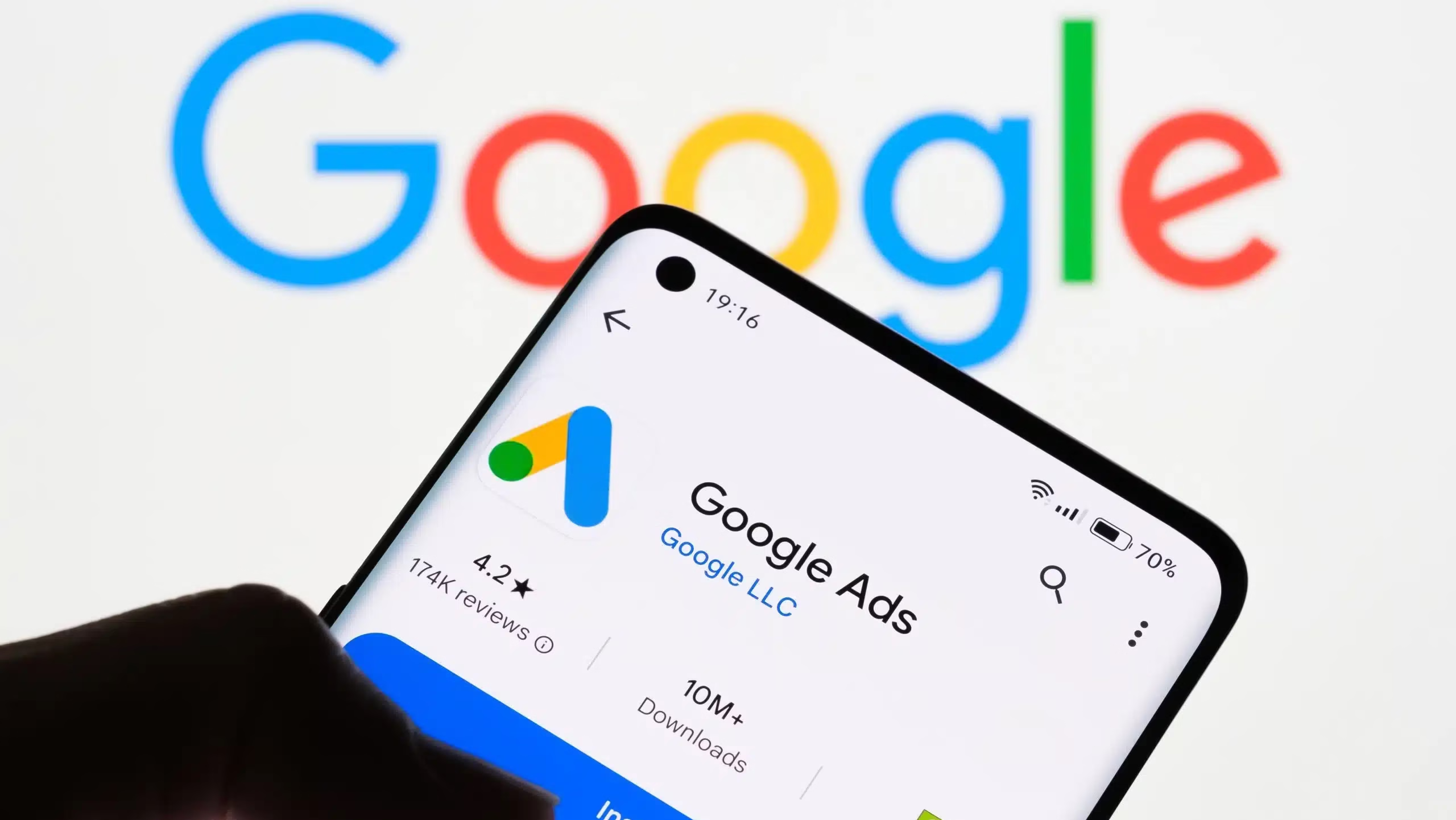
Maximizing ROI with Google Ads
To make the most of Google Ads, you need to go beyond basic campaign setups. Here are some expert strategies:
- Use Long-Tail Keywords: Instead of bidding for highly competitive keywords like “shoes”, target long-tail phrases like “affordable running shoes for women”. These are less expensive and attract more qualified leads.
- Implement Ad Extensions: Add sitelinks, callouts, and structured snippets to increase your ad’s visibility and CTR (click-through rate).
- Leverage Smart Bidding: Google’s AI-powered Smart Bidding adjusts your bids automatically to maximize conversions within your budget.
- Focus on Quality Score: A higher Quality Score lowers your CPC and improves ad rankings. This is achieved by making your ads highly relevant to the user’s search query and optimizing your landing pages.
- Run Remarketing Campaigns: Retarget users who have previously visited your website but didn’t convert.
Maximizing ROI with Meta Ads
Meta Ads thrives on creativity and audience insights. Here’s how to elevate your campaigns:
- A/B Test Creatives: Test multiple ad variations to find what resonates with your audience—change images, headlines, and call-to-actions (CTAs).
- Use Facebook Pixel: Install the Facebook Pixel on your site to track user behavior and create custom and lookalike audiences.
- Leverage Video Content: Video ads tend to get more engagement than static images. Use engaging videos in Reels, Stories, and Feeds.
- Segment Audiences: Instead of targeting broad groups, create highly segmented audiences for better personalization.
- Optimize for Mobile: Most users access Facebook and Instagram on mobile. Make sure your creatives are mobile-friendly.
Future Trends: Google Ads VS Meta Ads in 2025
AI-Powered Campaigns
Both platforms are using AI and machine learning to make advertising smarter. Expect more automation for bidding, audience targeting, and ad creative optimization.
Privacy Changes Impacting Ads
With cookies disappearing and privacy regulations tightening, first-party data (like email lists) will become even more valuable for advertisers.
Video-Centric Marketing
Short-form videos like Instagram Reels, Facebook Stories, and YouTube Shorts will dominate the ad space in 2025.
Final Thoughts: Google Ads vs Meta Ads – Which Should You Choose?
Choosing between Google Ads vs Meta Ads isn’t about picking a “winner.” Both platforms are powerful, but their effectiveness depends on your goals, audience, and budget.
- When your customers are actively looking for your products or services, Google Ads can deliver quicker results.
- If your goal is to showcase your brand to fresh audiences and foster connections, Meta Ads is the smarter option.
- For maximum impact, combine both platforms. Use Meta Ads to create demand and Google Ads to capture that demand when users search for you.
The secret to success lies in understanding your audience, testing continuously, and optimizing relentlessly. Whether you choose one or both platforms, consistent effort and smart strategy will help you reach your goals.
Conclusion: Google Ads vs Meta Ads – The Ultimate Verdict
In the fast-evolving landscape of digital marketing, there isn’t a single strategy that fits every business. Both Google Ads and Meta Ads bring distinct advantages, each aligning with specific stages of the customer journey.
Google Ads is particularly effective at reaching high-intent users who are actively prepared to make a purchaseIt’s perfect for businesses aiming for direct conversions and immediate leads. Whether you’re a local service provider or an eCommerce brand, Google’s search and shopping ads can place you directly in front of customers when they need you most.
Meta Ads, on the other hand, shines when it comes to building awareness and nurturing audiences. Its powerful targeting options allow you to reach people based on their interests, behaviors, and lifestyles—even if they’re not actively searching for your product.
However, the smartest marketers in 2025 are not choosing between the two—they’re using both. By combining Meta Ads for top-of-funnel awareness and Google Ads for bottom-of-funnel conversions, businesses can create a seamless advertising strategy that drives traffic, builds trust, and increases sales.
Ultimately, success doesn’t depend on the platform you choose—it depends on the strength of your strategy. Focus on clear goals, compelling creatives, and continuous optimization to get the best results from your ad spend.
